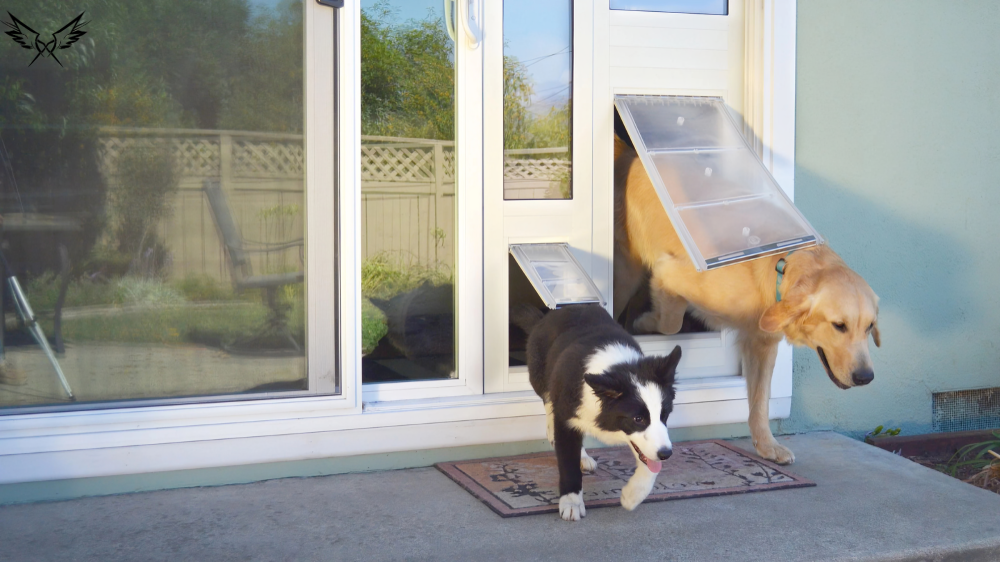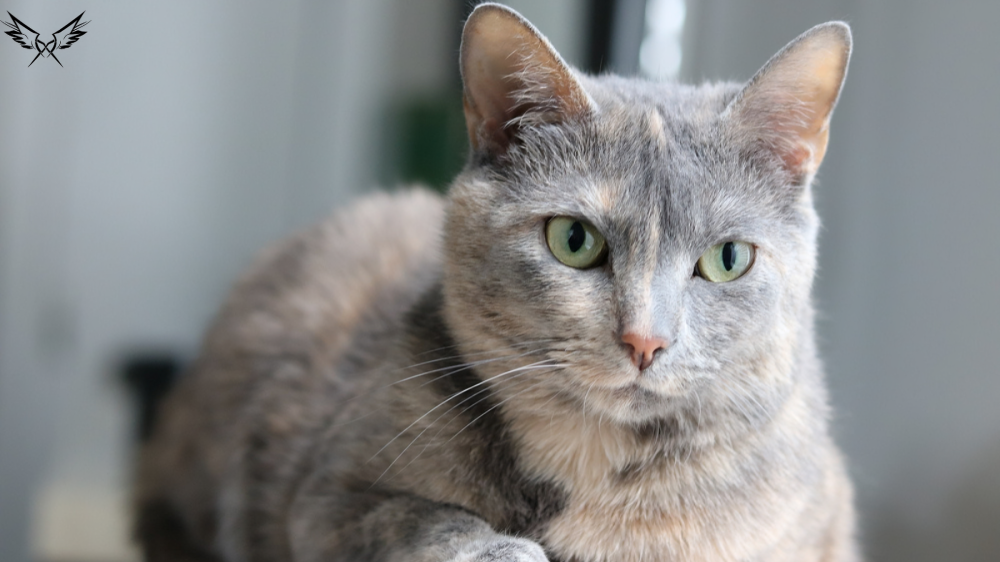Nature is full of incredible partnerships, and one of the most fascinating is the Crocodile and Plover Bird EMSISD relationship. This interaction between the Egyptian plover bird and crocodiles is a classic example of mutualism, where two species benefit from each other’s existence.
In this article, we will explore the details of this extraordinary relationship, its scientific significance, and how it relates to conservation efforts. Whether you’re a wildlife enthusiast, student, or simply curious about nature, this deep dive into the Crocodile and Plover Bird EMSISD partnership will reveal fascinating insights into the delicate balance of ecosystems.
What is the Crocodile and Plover Bird EMSISD Relationship?
The crocodile and plover bird EMSISD relationship refers to the fascinating symbiotic interaction between the Nile crocodile (Crocodylus niloticus) and the Egyptian plover (Pluvianus aegyptius). This mutualistic association showcases how two seemingly disparate species can coexist and benefit from each other’s presence.
In this relationship, the Egyptian plover, often dubbed the “crocodile bird,” provides a unique service to the crocodile by cleaning its teeth. The bird feeds on residual meat fragments and parasites lodged between the crocodile’s teeth, promoting oral hygiene for the reptile. In return, the plover gains a reliable food source with minimal effort, illustrating a classic example of mutualism in nature.
This interaction not only benefits the individual species involved but also contributes to the overall health of their shared ecosystem. By maintaining the crocodile’s dental health, the plover indirectly supports the predator’s ability to regulate prey populations, thereby sustaining ecological balance.
The crocodile and plover bird EMSISD relationship serves as a compelling example of how interspecies cooperation can evolve to meet mutual needs, highlighting the intricate and interconnected nature of ecological systems.
How Do Crocodiles Benefit from Plover Birds?
The crocodile and plover bird EMSISD relationship is a remarkable example of mutualism, where both species derive significant benefits. For crocodiles, this partnership offers several advantages:
Dental Hygiene and Health
Crocodiles are susceptible to oral health issues due to food debris and parasites accumulating in their mouths. The Egyptian plover plays a crucial role in mitigating these problems by feeding on remnants lodged between the crocodile’s teeth. This cleaning process helps prevent infections and promotes overall dental hygiene, which is vital for the crocodile’s health and hunting efficiency.
Reduction of Parasites
Beyond dental cleaning, plover birds also consume external parasites found on the crocodile’s skin. By removing these pests, the plovers alleviate discomfort and potential health risks for the crocodiles, contributing to their well-being.
Energy Conservation
By allowing plover birds to perform these cleaning services, crocodiles conserve energy that would otherwise be expended in attempting to remove parasites and debris themselves. This energy conservation is particularly beneficial, as it enables crocodiles to allocate more resources to essential activities such as hunting and reproduction.
In summary, the crocodile and plover bird EMSISD relationship provides crocodiles with improved health, reduced parasite loads, and energy savings, all of which enhance their survival and fitness in their natural habitats.
How Plover Birds Benefit from Crocodiles
The crocodile and plover bird EMSISD relationship is a quintessential example of mutualism, where both species derive significant benefits. For the Egyptian plover, this symbiotic association offers several advantages:
Access to a Reliable Food Source
The Egyptian plover, often referred to as the “crocodile bird,” gains a dependable food supply by feeding on parasites and food remnants found in and around the crocodile’s mouth. This unique feeding strategy allows the plover to access nutrients with minimal foraging effort, ensuring a consistent and energy-efficient diet.
Protection from Predators
Nesting in proximity to crocodiles provides the plover with a formidable defense mechanism against potential threats. Predators are less likely to approach areas inhabited by crocodiles, thereby offering the plover’s nests and offspring a safer environment. This natural deterrence enhances the survival rates of plover chicks, contributing to the species’ reproductive success.
Enhanced Breeding Success
The protective presence of crocodiles not only deters predators but also creates a more stable and secure nesting environment. This security allows plovers to invest more resources into reproduction, leading to increased breeding success and population stability.
In summary, the crocodile and plover bird EMSISD relationship offers the Egyptian plover critical benefits, including a steady food source and enhanced protection, underscoring the intricate interdependencies that sustain ecological balance.
Source Link: Outlandishowl / Birdful
The Science Behind This Unique Mutualism
The crocodile and plover bird EMSISD relationship exemplifies a mutualistic symbiosis, where both species benefit from their interaction. This association has intrigued scientists and ecologists, leading to studies that explore its ecological and evolutionary significance.
Ecological Significance
The interaction between Nile crocodiles (Crocodylus niloticus) and Egyptian plovers (Pluvianus aegyptius) plays a vital role in maintaining the health of both species and their ecosystem. By feeding on parasites and debris found on crocodiles, plovers help reduce the parasite load on these reptiles, promoting better health and reducing the spread of diseases within the crocodile population. This cleaning service ensures that crocodiles remain effective apex predators, which is essential for regulating prey populations and maintaining ecological balance.
Evolutionary Perspective
The evolution of this mutualistic relationship likely stems from the complementary needs of both species. Crocodiles benefit from improved hygiene and health, while plovers gain a reliable food source and protection from predators. Over time, natural selection may have favored crocodiles that tolerate plovers and plovers that are adept at cleaning crocodiles, leading to the establishment of this symbiotic relationship.
Behavioral Mechanisms
Behavioral adaptations facilitate this unique partnership. Crocodiles are observed to remain still with their mouths open, allowing plovers to enter and clean their teeth without fear of predation. This behavior indicates a level of trust and recognition between the two species, which is crucial for the maintenance of their symbiotic relationship.
Understanding the scientific basis of the crocodile and plover bird EMSISD relationship provides insight into the complexities of mutualistic interactions in nature and underscores the importance of preserving such intricate ecological partnerships.
Can This Relationship Teach Us About Nature and Conservation?
The crocodile and plover bird EMSISD relationship offers profound insights into ecological balance and conservation strategies. This mutualistic interaction underscores the importance of biodiversity and the intricate interdependencies that sustain healthy ecosystems.
Lessons in Biodiversity and Ecosystem Health
The symbiosis between Nile crocodiles (Crocodylus niloticus) and Egyptian plovers (Pluvianus aegyptius) highlights how species interactions contribute to ecosystem stability. By maintaining crocodile health through parasite removal, plovers indirectly support the regulation of prey populations, ensuring a balanced food web. This relationship exemplifies the concept that the well-being of one species can have cascading effects on the broader ecosystem.
Implications for Conservation Efforts
Understanding such interdependencies is crucial for effective conservation planning. Protecting keystone species like crocodiles necessitates preserving their habitats and the myriad organisms they interact with, including mutualistic partners like the plover. Conservation strategies that recognize and maintain these relationships are more likely to succeed in preserving ecosystem functionality.
Educational Value
The crocodile and plover bird EMSISD relationship serves as an educational tool, illustrating the complexity of natural systems. It emphasizes the significance of each species, no matter how small, in maintaining ecological balance. This understanding fosters a deeper appreciation for biodiversity and the need for its preservation.
Incorporating knowledge of such mutualistic relationships into conservation policies can lead to more holistic and effective environmental stewardship.
Conclusion
The crocodile and plover bird EMSISD relationship exemplifies the intricate mutualistic interactions that sustain ecological balance. Through their symbiosis, both species gain significant advantages:
- Crocodiles receive essential dental hygiene services, reducing the risk of infections and promoting overall health.
- Plover birds access a reliable food source and benefit from the protective presence of their formidable partners.
This partnership not only highlights the complexity of natural ecosystems but also underscores the importance of preserving such relationships through informed conservation efforts. By understanding and valuing these connections, we can better appreciate the delicate interdependencies that define our natural world.
FAQs
1. Do crocodiles ever eat plover birds?
No, crocodiles typically do not eat plover birds. The mutualistic relationship between them provides health benefits to the crocodile, making it advantageous to allow the plovers to clean their teeth without predation.
2. How do plover birds avoid being eaten by other predators while near crocodiles?
Plover birds benefit from the protective presence of crocodiles. Predators are less likely to approach areas inhabited by crocodiles, thereby offering the plover’s nests and offspring a safer environment.
3. Is this symbiotic relationship unique to Nile crocodiles and Egyptian plovers?
While the relationship between Nile crocodiles and Egyptian plovers is well-documented, similar mutualistic interactions have been observed between other crocodilian species and certain bird species in different regions.
4. What can humans learn from the crocodile and plover bird EMSISD relationship?
This relationship teaches us about the importance of mutualism in nature and how interspecies cooperation can lead to significant benefits for both parties. It also highlights the need for conservation efforts to preserve such intricate ecological partnerships.











